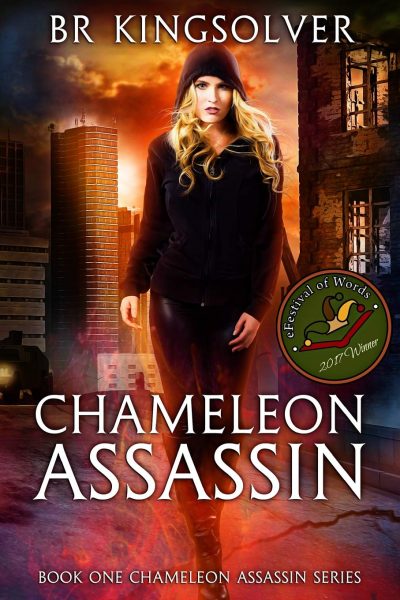★★½
“Fight Club: Ladies’ Night”
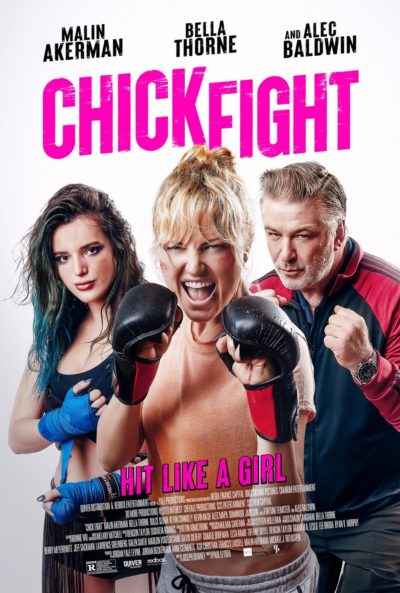 You are probably not going to see a more relentless parade of cliched storyline elements than here. Anna (Akerman) is seeing her life fall apart. Her coffee-shop business is failing, her car just got repossessed and her love life is entirely non-existent. Best friend Charleen (Sloan) takes her to an underground fight club for women, who need to deal with their issues in a less feminine form than society allows, i.e. by beating the crap out of each other. There, she incurs the wrath of club bad girl, the undefeated Olivia (Thorne), who challenges Anna to a bout in two months. Luckily, she’s introduced to a boxing coach, Murphy (Baldwin), who used to train Sugar Ray. There’s romance too, in the shape of club doctor, Roy (Connolly), though Olivia has also set her sights on him. Can Anna overcome her inner doubts, and triumph over adversity, after a welter of training montages?
You are probably not going to see a more relentless parade of cliched storyline elements than here. Anna (Akerman) is seeing her life fall apart. Her coffee-shop business is failing, her car just got repossessed and her love life is entirely non-existent. Best friend Charleen (Sloan) takes her to an underground fight club for women, who need to deal with their issues in a less feminine form than society allows, i.e. by beating the crap out of each other. There, she incurs the wrath of club bad girl, the undefeated Olivia (Thorne), who challenges Anna to a bout in two months. Luckily, she’s introduced to a boxing coach, Murphy (Baldwin), who used to train Sugar Ray. There’s romance too, in the shape of club doctor, Roy (Connolly), though Olivia has also set her sights on him. Can Anna overcome her inner doubts, and triumph over adversity, after a welter of training montages?
It hardly would count as a spoiler to reveal the result, with almost everything here being horribly underwritten. Anna is given a dead mother necessary to the plot, and a father who has just come out of the closet, which most certainly isn’t. I also question the entire underlying principal of the entire concept. In what universe does it make sense, when you are out of work, broke and on the edge of being homeless, to spend all your time training for an amateur MMA bout? DEAL WITH YOUR EVERYDAY PROBLEMS, PEOPLE. Naturally, all of those get conveniently hand-waved away, in another of the plot’s convenient contrivances. See also: the manner in the which the final fight unfolds, which is seriously foreshadowed in the most unsubtle of manners; the thoroughly unlikely way in which it proves to be a bonding experience between Anna and Olivia; or the disposal of the legal charges against the heroine.
Yet, there are a couple of elements which meant it did manage to hold my attention – though it was touch-and-go at some points. Akerman does a good job of selling her character, giving her an airy, if likable, persona that does leave you wanting to see her prevail over her misfortunes – even if they are, largely, of her own making [struggling business owners shouldn’t have a Prius]. But the most pleasant surprise was the action. I was expecting little or nothing on that front, yet mad props are due to fight choreographer Shauna Galligan, who delivers brawls that wouldn’t be out of place in a Scott Adkins or Jason Statham film. That begins early, with Anna’s first fight lasting only about five seconds – and if you can make the chick from Twilight look like a serious bad-ass in the cage, you’re clearly doing something right. It’s never going to be enough to salvage a script that’s intent only in ploughing along paths that are painfully well-travelled. Yet it did provide some unexpected pleasures, and I was left feeling my time had not been entirely wasted.
Dir: Paul Leyden
Star: Malin Akerman, Kevin Connolly, Bella Thorne, Dulcé Sloan






 Poor teenage girl Mako (Ogura) is having a pretty crappy time of it. Her parents are feuding over money troubles, she’s getting bullied at school, and then, her father ends up arrested for fraud. But, just when things are their lowest, she gets a paper-cut. For reasons that are never
Poor teenage girl Mako (Ogura) is having a pretty crappy time of it. Her parents are feuding over money troubles, she’s getting bullied at school, and then, her father ends up arrested for fraud. But, just when things are their lowest, she gets a paper-cut. For reasons that are never 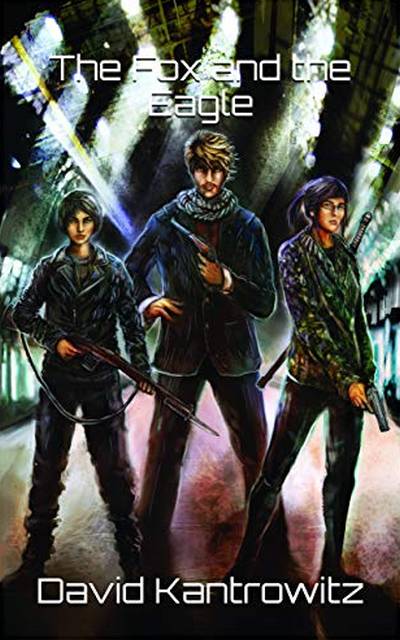 I don’t typically buy fourth books in a series, but didn’t actually realize that was the case here until after I’d finished it. From what I can gather, this is set in the same universe at its predecessors, but introduces a new set of characters. It certainly works well enough as a stand-alone entity, and poses no problems read on its own.
I don’t typically buy fourth books in a series, but didn’t actually realize that was the case here until after I’d finished it. From what I can gather, this is set in the same universe at its predecessors, but introduces a new set of characters. It certainly works well enough as a stand-alone entity, and poses no problems read on its own.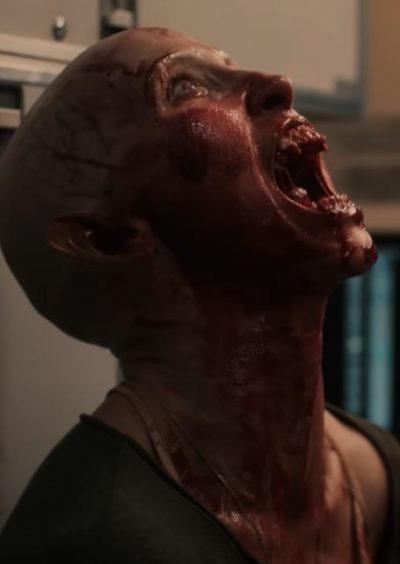
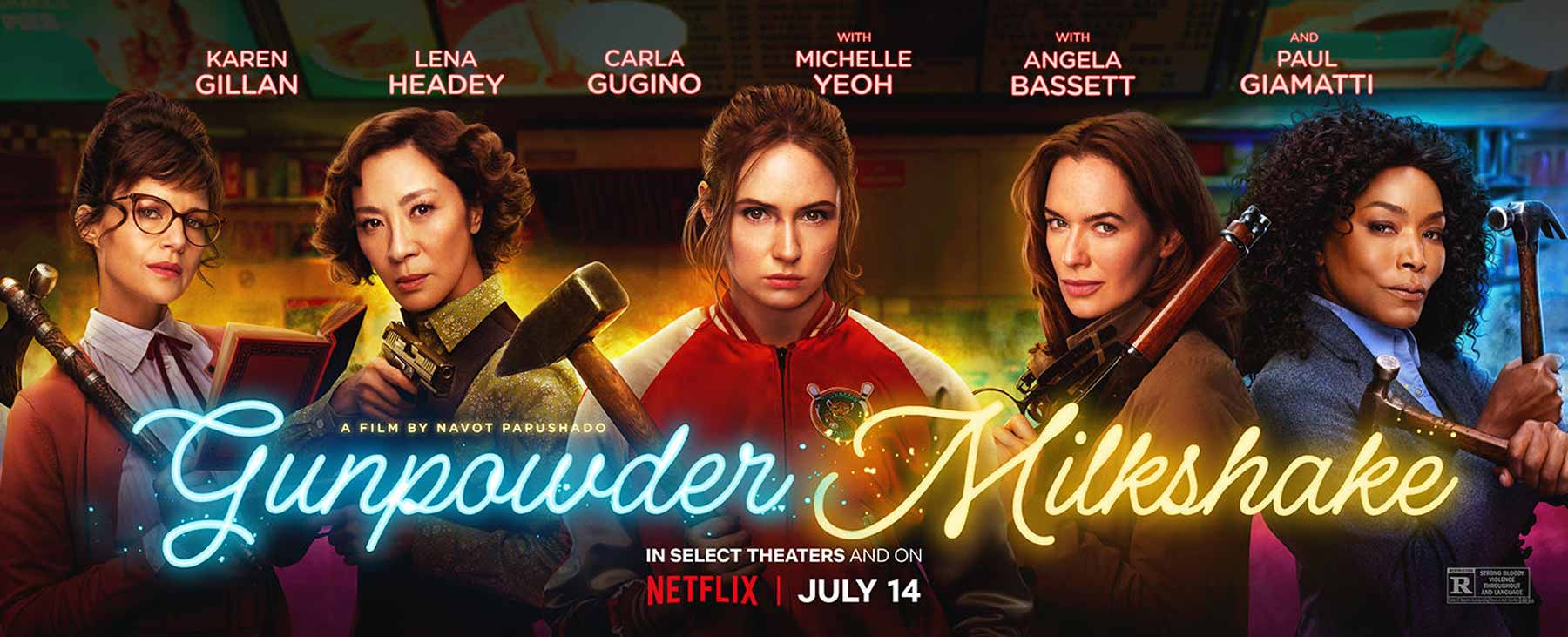 ★★★★
★★★★ Yeah, it’s kinda like that. As in John Wick, the hero(ine) is an assassin for hire, in a world where there exists a significant infrastructure of support for hitmen and hitwomen. After they fall foul of the wrong people, our hero(ine) becomes the target, but has more than enough skills to be able to fend for themselves, and takes the fight to their aggressors. Oh, yeah, and it also borrows significantly from Leon: The Professional, in that the assassin becomes the protector of a young girl. Hmm. But this leverages those two with very large injections of style. Not quite to the level of
Yeah, it’s kinda like that. As in John Wick, the hero(ine) is an assassin for hire, in a world where there exists a significant infrastructure of support for hitmen and hitwomen. After they fall foul of the wrong people, our hero(ine) becomes the target, but has more than enough skills to be able to fend for themselves, and takes the fight to their aggressors. Oh, yeah, and it also borrows significantly from Leon: The Professional, in that the assassin becomes the protector of a young girl. Hmm. But this leverages those two with very large injections of style. Not quite to the level of 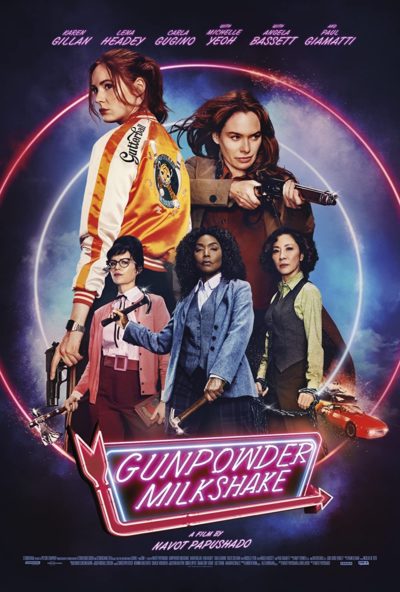 Said protagonist is Sam (Gillan), a killer with abandonment issues ever since her mom (Lena Headey) walked out on her, fifteen years earlier. Sam is tasked by her employer, Nathan (Giamatti), with recovering a haul of stolen cash. But she finds the thief was coerced into action, after his eight-year-old daughter (“8¾!”, as we are reminded on several occasions), Emily, was kidnapped. Likely reminded of her younger self, Sam takes custody of Emily, though the cash is destroyed in the process. This, and a previous job where she killed the son of a very important person, makes her persona non grata, and the hunter becomes the hunted.
Said protagonist is Sam (Gillan), a killer with abandonment issues ever since her mom (Lena Headey) walked out on her, fifteen years earlier. Sam is tasked by her employer, Nathan (Giamatti), with recovering a haul of stolen cash. But she finds the thief was coerced into action, after his eight-year-old daughter (“8¾!”, as we are reminded on several occasions), Emily, was kidnapped. Likely reminded of her younger self, Sam takes custody of Emily, though the cash is destroyed in the process. This, and a previous job where she killed the son of a very important person, makes her persona non grata, and the hunter becomes the hunted. It is notable that the film is split firmly along gender lines. with every one of the protagonists being women, and every one of the antagonists being men. However, it’s fortunate that seem largely to be about the extent of the messaging, and nobody particularly pays attention to this. Everyone is kept quite busy trying to kill each other. It’s also a bit less of an ensemble piece than I expected from the trailer. Especially in the first half, it’s Sam vs. the World, with the Librarians introduced, and then shuffled off to one side until Sam is ultimately forced to turn to them for help. That’s not particularly a criticism. I like Gillan, who was born about 25 miles from where I was, so is likely the nearest I have to a local action heroine. She can carry a film perfectly well, even if I’d rather have heard her natural Scots accent.
It is notable that the film is split firmly along gender lines. with every one of the protagonists being women, and every one of the antagonists being men. However, it’s fortunate that seem largely to be about the extent of the messaging, and nobody particularly pays attention to this. Everyone is kept quite busy trying to kill each other. It’s also a bit less of an ensemble piece than I expected from the trailer. Especially in the first half, it’s Sam vs. the World, with the Librarians introduced, and then shuffled off to one side until Sam is ultimately forced to turn to them for help. That’s not particularly a criticism. I like Gillan, who was born about 25 miles from where I was, so is likely the nearest I have to a local action heroine. She can carry a film perfectly well, even if I’d rather have heard her natural Scots accent.
















 Certainly the kind of action film for which you need to suspend your disbelief. In this case, the closest parallel is, as the tag-line above implies, the Jason Statham vehicle, Crank. In it, Statham’s character was poisoned, and had to keep his adrenaline permanently up for the rest of the film. to avoid dying. Here, it’s almost the reverse. Beckinsale’s character, Lindy, was born with a rare condition, “intermittent explosive disorder”. This is pretty much what it sounds like: uncontrollable aggressive outbursts, like a physical version of Tourette’s. This is a real thing. Not so real? Lindy is also “blessed” with high levels of cortisol, which make her faster and stronger than anyone else. Somewhere in the middle? Lindy controls her IED with electric shocks from a handheld device given to her by her therapist, Dr. Munchin (Tucci). All told, I’m tagging this as SF. #ChangeMyMind
Certainly the kind of action film for which you need to suspend your disbelief. In this case, the closest parallel is, as the tag-line above implies, the Jason Statham vehicle, Crank. In it, Statham’s character was poisoned, and had to keep his adrenaline permanently up for the rest of the film. to avoid dying. Here, it’s almost the reverse. Beckinsale’s character, Lindy, was born with a rare condition, “intermittent explosive disorder”. This is pretty much what it sounds like: uncontrollable aggressive outbursts, like a physical version of Tourette’s. This is a real thing. Not so real? Lindy is also “blessed” with high levels of cortisol, which make her faster and stronger than anyone else. Somewhere in the middle? Lindy controls her IED with electric shocks from a handheld device given to her by her therapist, Dr. Munchin (Tucci). All told, I’m tagging this as SF. #ChangeMyMind Perhaps I just expected more from the combination of martial artist Takeda (High-Kick Girl, Karate Girl) and Iguchi (Mutant Girls Squad, The Machine Girl). While this has its moments, it falls well short of the best works of either star or director, delivering neither the action nor the insanity, of which I know both are capable. The set-up is fine. Takeda plays Keiko, the daughter of a sushi master, who leaves home after being told by her father she’ll never amount to anything. She gets a job working in a Japanese hot springs inn, and isn’t much good at that either.
Perhaps I just expected more from the combination of martial artist Takeda (High-Kick Girl, Karate Girl) and Iguchi (Mutant Girls Squad, The Machine Girl). While this has its moments, it falls well short of the best works of either star or director, delivering neither the action nor the insanity, of which I know both are capable. The set-up is fine. Takeda plays Keiko, the daughter of a sushi master, who leaves home after being told by her father she’ll never amount to anything. She gets a job working in a Japanese hot springs inn, and isn’t much good at that either.
